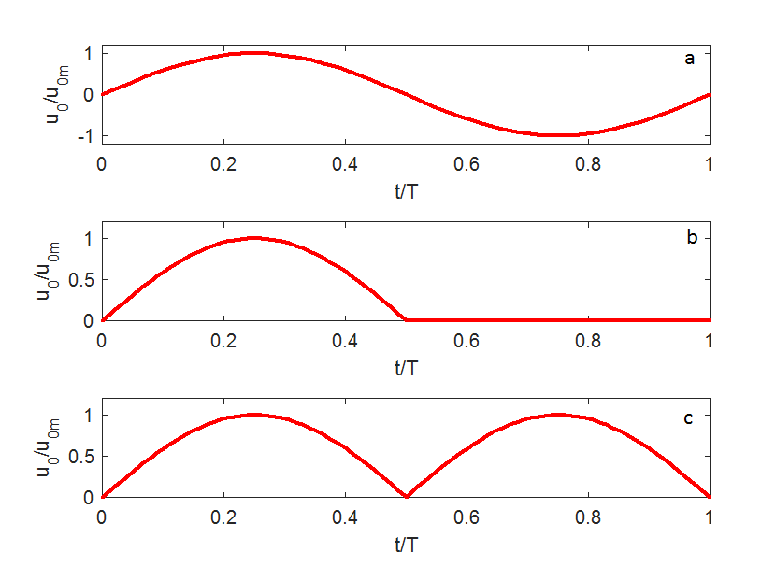What is Pulsating Flow?
Pulsating flow refers to a type of fluid flow where the flow rate or pressure varies cyclically over time. This variation can occur due to changes in external factors, such as the operation of pumps, compressors, or other mechanical systems. The fluid is then forced to move in bursts or pulses rather than a steady, constant flow. These pulses can resemble wave patterns, sometimes leading to vibrations or pressure surges in the system. (See picture below)

Due to these changes the fluid experiences periodic acceleration and deceleration. This can lead to fluctuations in velocity, pressure, and sometimes temperature. The phenomenon is common in systems using pipelines, pumps, and engines, where the flow is influenced by cyclical operations. If pulsating flow is left unchecked it can lead to a reduction of efficiency, system vibrations, increased noise, and wear and tear on the system.
What Causes Pulsating Flow?
The main causes are valve dynamics, system resonances, and fluid properties.
- Valve Dynamics: Improper valve settings, such as excessive valve clearance or misalignment can lead to irregular flow patterns and pressure fluctuations.
- System Resonance: The interaction between the pump and the piping system can give rise to resonant frequencies that amplify pulsation effects. System resonances occur when the natural frequency of the piping matches the frequency of pulsation generated by the pump. Factors such as pipe length, material stiffness, and support conditions influence the resonant behavior.
- Fluid Properties: The properties of the pumped fluid, including viscosity, density, and compressibility, can influence the severity of pulsation. Highly viscous fluids tend to dampen pulsation effects because they are resistance to flow fluctuations. Whereas, low-viscosity fluids may amplify pulsation due to their compressibility and propensity for turbulence.
For helping to solve how to prevent pulsating flow see our other blog post ‘Problem Solving: How do I Prevent Pulsating Flow?’
